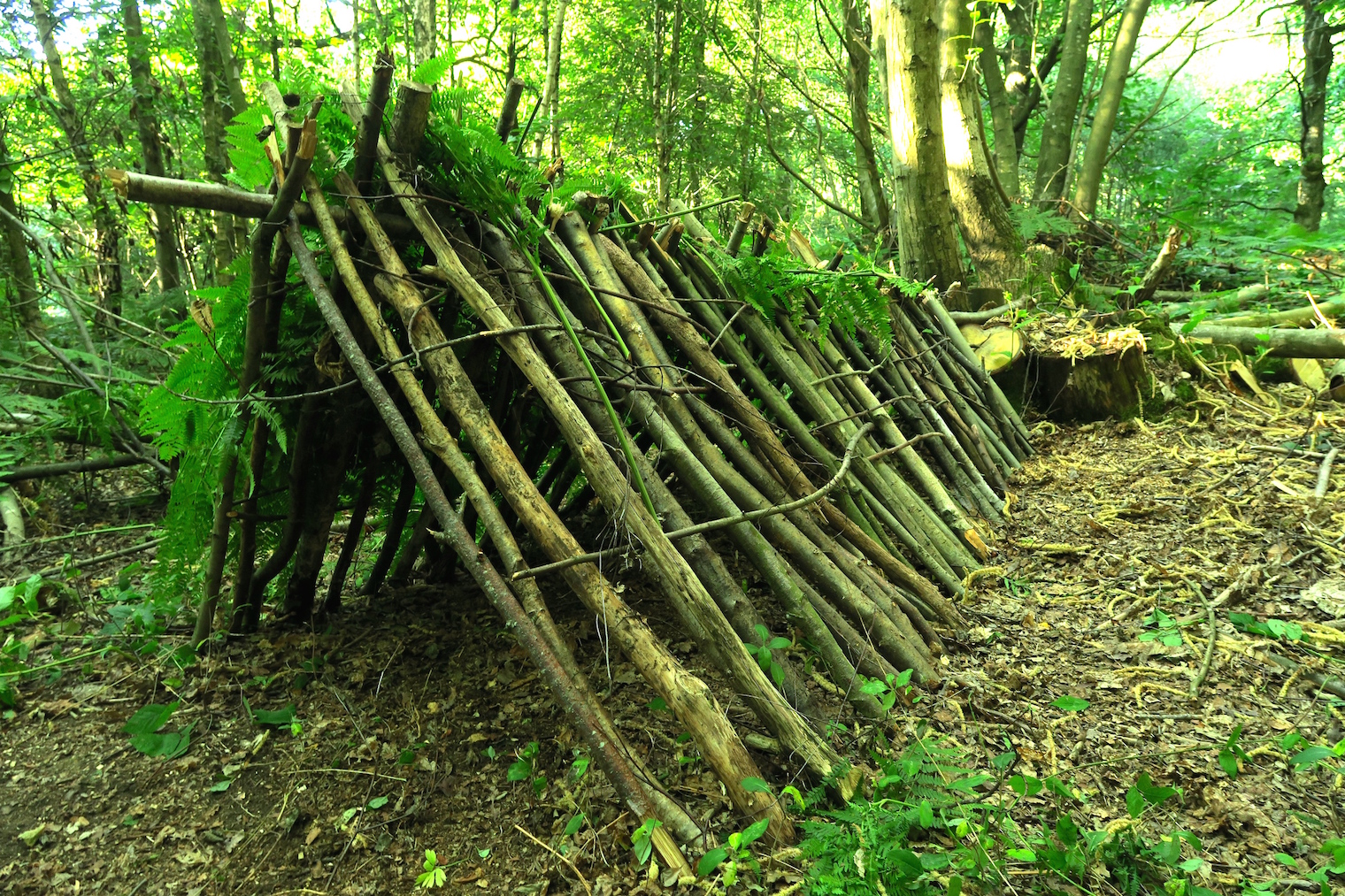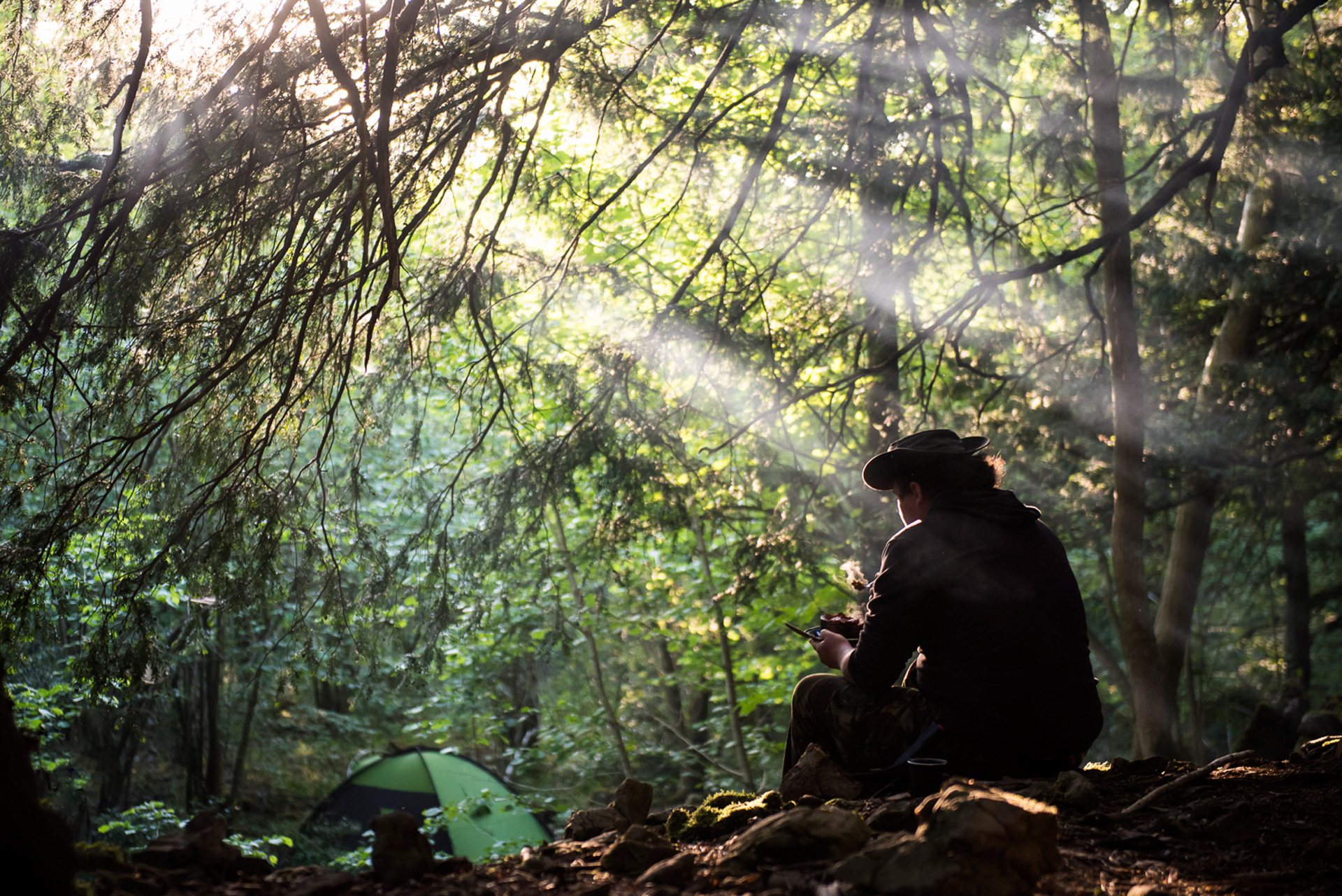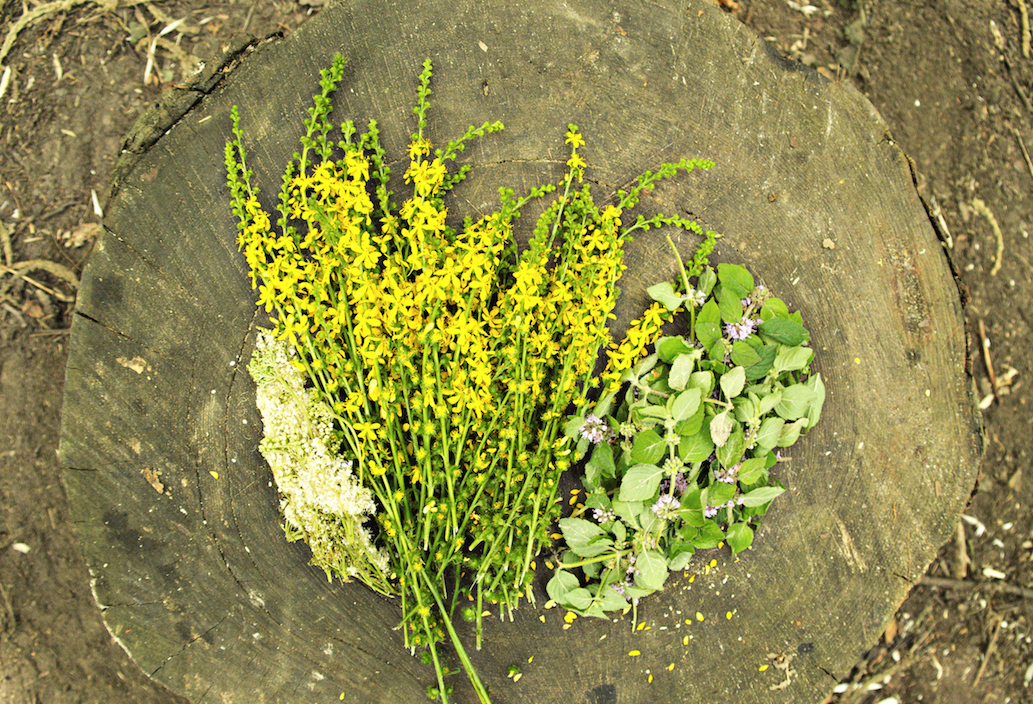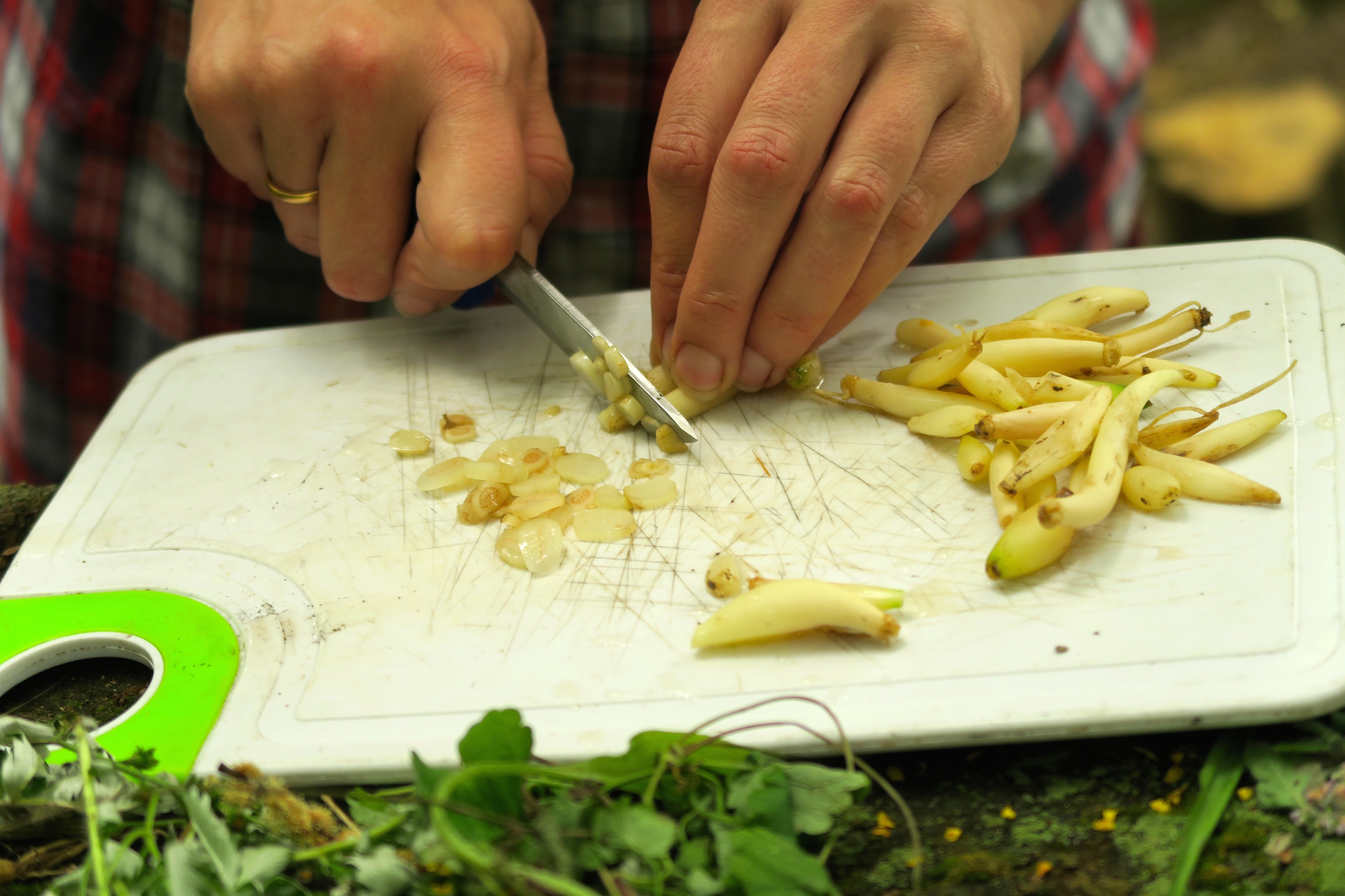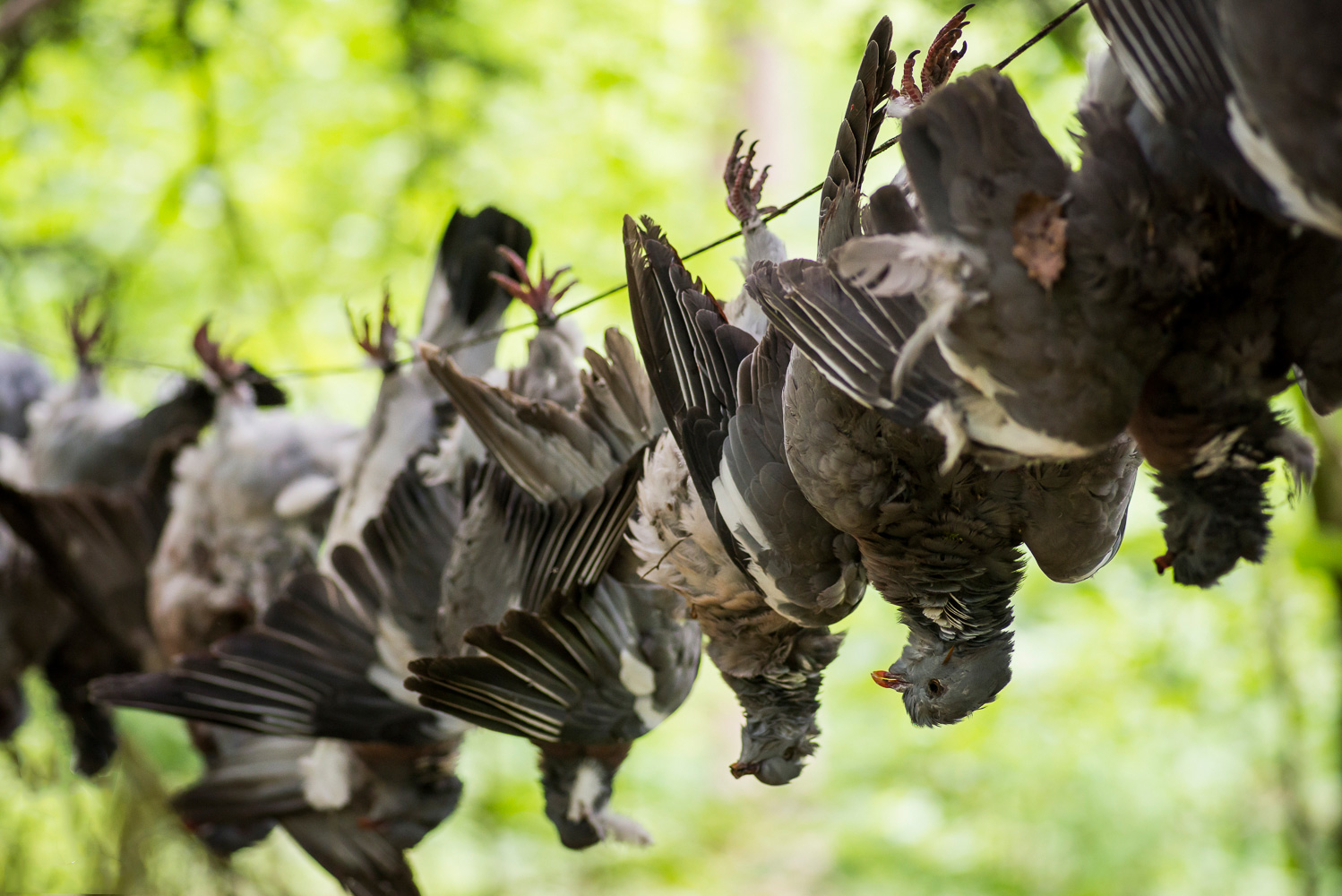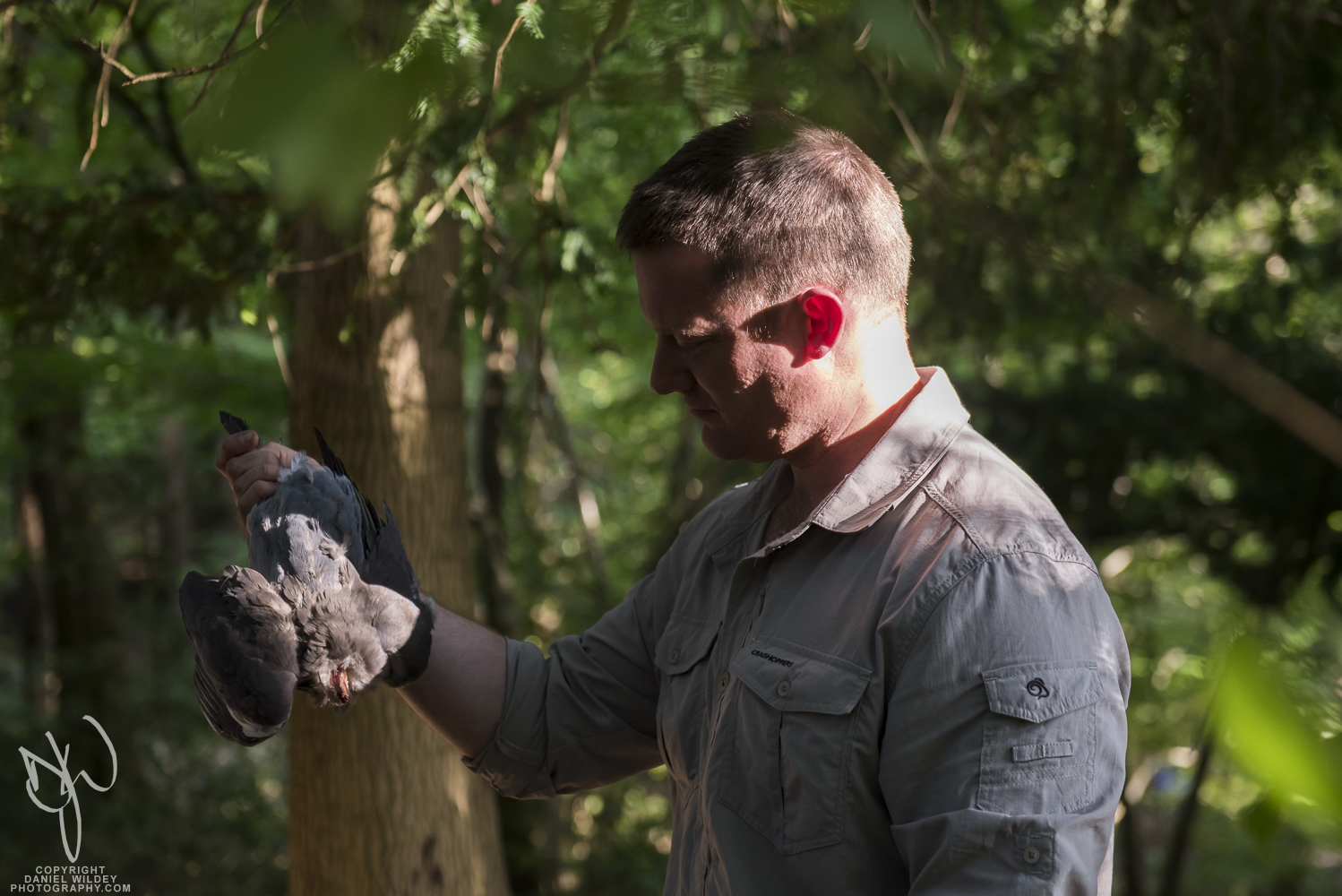Words by Olly Davy | Photos by Daniel Wildey
I’m staring into the fire in a trance-like state brought on by lack of sleep. 14 pairs of eyes are locked on the pot bubbling over the blaze. It contains our breakfast of nettle tea. Dotted around the clearing are the shelters where we spent the night. Punishment? No, I’m a paying customer. This Christmas, as I wallow in the shadowlands between consciousness and food coma, it’s an experience I’ll remember.
These days you can’t move for survival shows: whether it’s Ray Mears conjuring canoes from birchbark or Bear Grylls cavorting with Barack Obama. Bushcraft, however, is not as easy as the professionals make it look. So, seeking a truer depiction, I booked a four-day course. I’d get cosy inside an animal carcass if required but I was more concerned with how I, a food lover used to instant gratification, would handle the lack of grub.
“Avoid using deodorant: a spray of Lynx may attract legions of near-naked women but it will also deter your dinner.”
I drew inspiration from Gandhi. His longest hunger strike lasted 21 days. The format of the ‘Bushcraft Survival Challenge’—two days of foraging instruction, aided by a little supplementary food, followed by two days of eating only what I could find—should be a doddle in comparison.
Sussex. An unlikely location for a survival experience but an easy train ride from London. On a warm Friday evening in July I arrive at the course site: the 300-acre grounds of a private school. Leon Durbin, founder and chief instructor of Wildwood Bushcraft, leads us into the woods that will be our home for the long weekend. It’s a serene setting and, under the instruction of a man with ten years’ experience teaching in far wilder places, one where staying alive seems likely.
